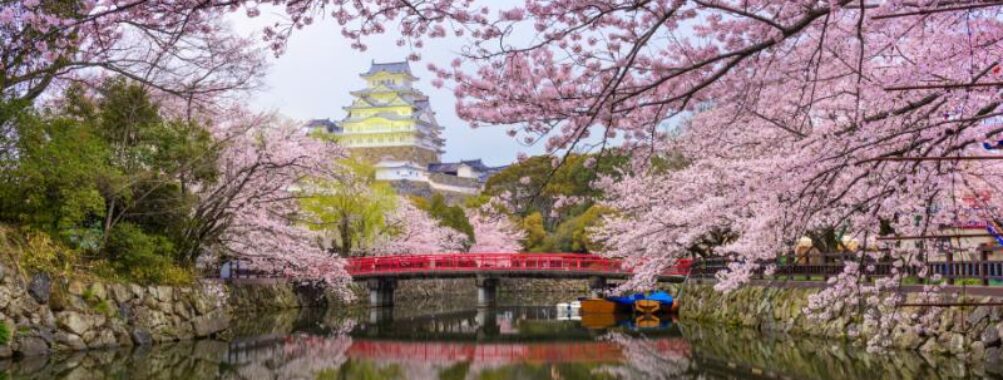
14 Places to Visit in Japan: Unmissable Destinations for Every Traveler
Thinking about heading to Japan for your next vacation? You’re in for a treat! Japan is a country that beautifully blends ancient traditions with ultra-modern cities. You’ll find serene temples right next to bustling technological hubs. Whether you’re an adventurer, a history buff, or someone looking to savor amazing cuisine, Japan has something to offer you. This article will guide you through 20 of the best places to visit in Japan, ensuring you make the most of your trip.
From the neon lights of Tokyo to the tranquil gardens of Kyoto, each destination has its unique charm. Imagine strolling through bamboo forests, soaking in hot springs, or visiting historic castles. You might even explore quirky cafes or shop in a centuries-old market. A trip to Japan is like stepping into a different world where every corner offers a new adventure.
Table of Contents
- 1) Kinkaku-ji
- 2) Dotonbori
- 3) Osaka Castle
- 4) Kokyo Gaien National Garden
- 5) Hōzōmon Gate
- 6) Hotel New Otani Japanese Garden
- 7) Meiji Jingu Gaien Ginkgo Avenue
- 8) Meiji Jingu Gaien
- 9) Shiba Park
- 10) Ueno Zoological Gardens
- 11) Kyu-Shiba-rikyu Gardens
- 12) Arashiyama Bamboo Forest
- 13) Itsukushima Jinja
- 14) Godzilla Statue
- Understanding Japan’s Cultural Heritage
- Historical Landmarks
- Traditional Festivals
- Planning Your Trip
- Best Times to Visit
- Transportation Tips
- Experiencing Japanese Cuisine
- Regional Specialties
- Street Food Adventures
- Book Your Dream Experience
- More Travel Guides
1) Kinkaku-ji
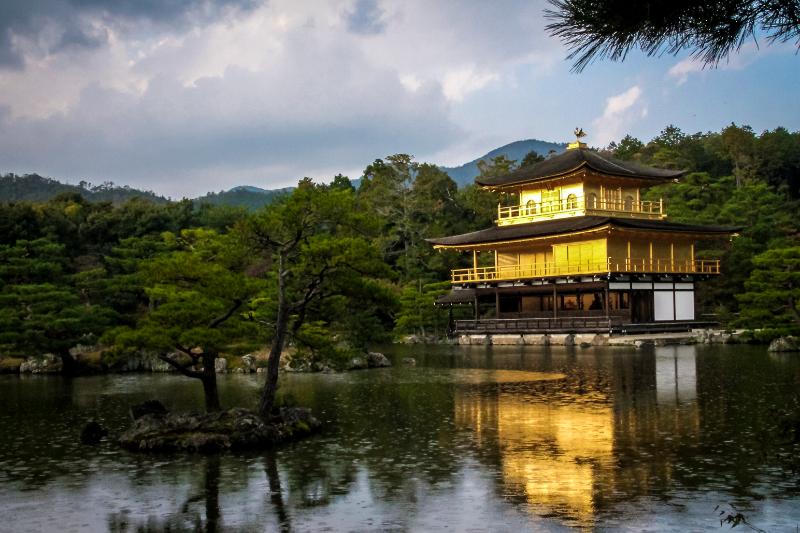
Kinkaku-ji, also known as the Golden Pavilion, is a must-see when you’re in Kyoto. This beautiful Buddhist temple is known for its stunning golden exterior, which reflects brilliantly in the surrounding pond. It’s a sight that leaves a lasting impression.
When you visit, make sure to stroll through the serene landscaped gardens. You’ll find peace and tranquility away from the busy city life. The reflection of the pavilion in the pond, combined with the surrounding greenery, creates a postcard-perfect view.
A bit of history adds to the charm. Kinkaku-ji has been around since the 14th century and has a storied past. It was originally built as a retirement villa for the shogun Ashikaga Yoshimitsu before being converted into a Zen temple. Each step you take connects you to centuries of Japanese culture.
Rating: 4.5 (51,555 reviews)
Location: 1 Kinkakujicho, Kita Ward, Kyoto
Contact: +81 75-461-0013
Website: Visit Website
2) Dotonbori
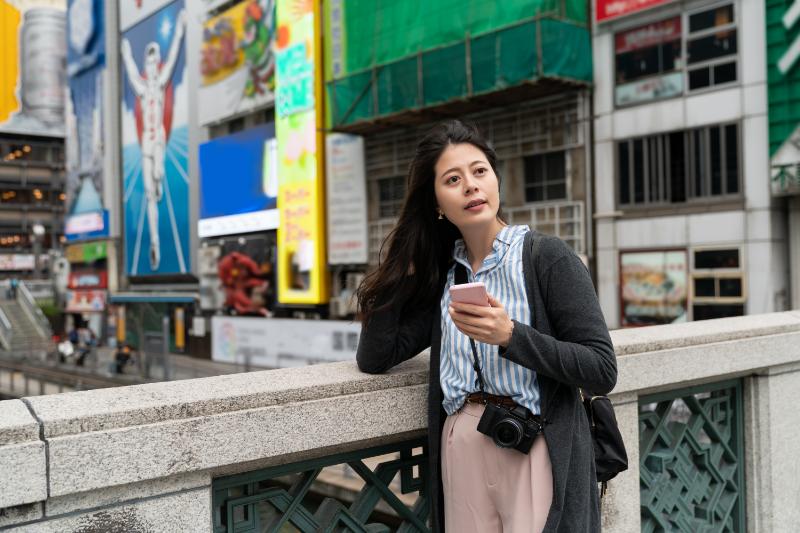
When you’re in Osaka, one place you don’t want to miss is Dotonbori. This bustling entertainment district is famous for its vibrant atmosphere. You will see giant illuminated billboards that light up the night. The area is packed with restaurants and theaters, making it a lively spot to explore.
Dotonbori’s food scene is something you’ll love. You can try delicious street food like takoyaki (octopus balls) and okonomiyaki (savory pancakes). The smells will make your mouth water as you walk along the canal. Don’t forget to take a picture with the iconic Glico running man sign.
Walking through Dotonbori feels like stepping into a different world. The energy and excitement are contagious. It’s a perfect place for both day and night adventures. You’ll have a blast whether you’re watching street performers or just soaking in the scenery.
Rating: 4.4 (68,744 reviews)
Location: 1 Chome Dotonbori, Chuo Ward, Osaka, 542-0071, Japan
Contact: +81 6-6211-4542
Website: Visit Website
3) Osaka Castle
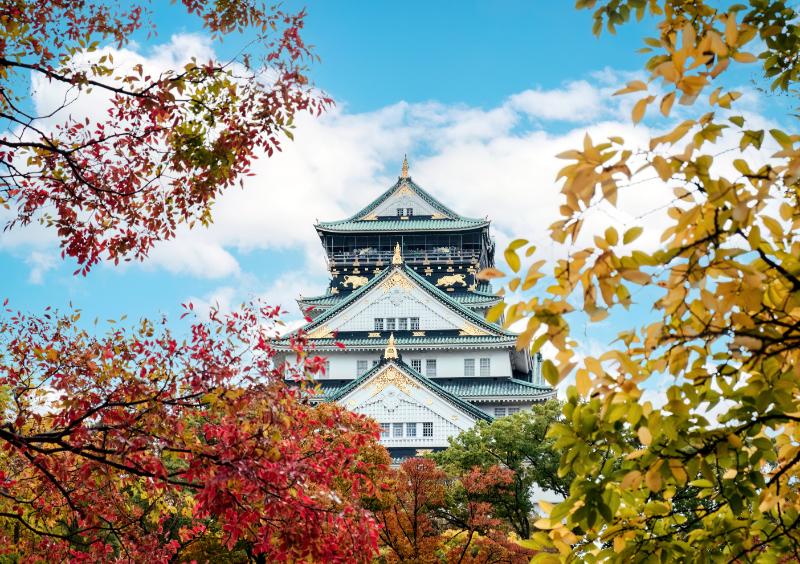
Osaka Castle is a must-see when you’re exploring Japan. This historic castle dates back to 1597 and has been rebuilt multiple times. The current structure was restored in 1931, funded by citizens. Today, it stands as a proud symbol of resilience and history.
When you visit, make sure to check out the gardens surrounding the castle. They’re especially beautiful during cherry blossom season. You can also explore the museum inside the castle, which features exhibits on Toyotomi Hideyoshi, the samurai era, and the castle’s own history.
Read Also: Japan Toy Museum”There are also special exhibition that changed from time to time.”
The stone walls and gates around the castle date back to the Edo period. They’re a testament to Japan’s architectural strength and craftsmanship. Walking through these ancient structures, you can almost feel the history come alive.
Rating: 4.4 (70,160 reviews)
Location: 1-1 Osakajo, Chuo Ward, Osaka, Japan
Contact: +81 6-6941-3044
Website: Visit Website
4) Kokyo Gaien National Garden
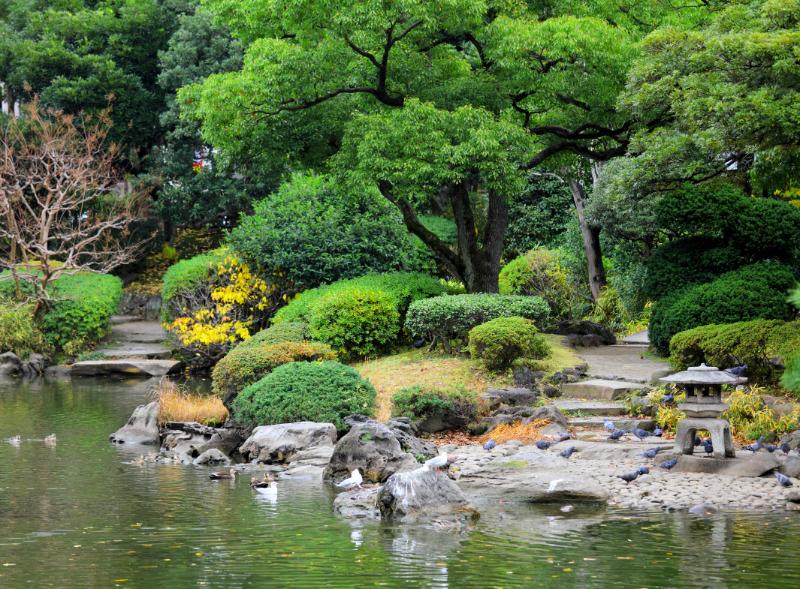
Kokyo Gaien National Garden is a peaceful spot right in the heart of busy Tokyo. It’s a grassy park with vibrant flowers and clear views of the Imperial Palace. You can take a relaxing walk here and feel like you’ve escaped the city’s hustle and bustle.
The garden is perfect for a leisurely stroll or a quiet picnic. You’ll find locals and tourists alike enjoying the serene environment. The wide-open spaces make it a great place to unwind, especially after a day of sightseeing in Tokyo.
One thing you’ll love about Kokyo Gaien is how easy it is to get to. Located in Chiyoda City, it’s accessible and close to many other attractions. Whether you’re visiting for the first time or a local looking for a quiet retreat, this garden is a must-see.
Rating: 4.4 (7957 reviews)
Location: 1-1 Kokyogaien, Chiyoda City, Tokyo 100-0002, Japan
Contact: +81 3-3231-5509
Website: Visit Website
5) Hōzōmon Gate
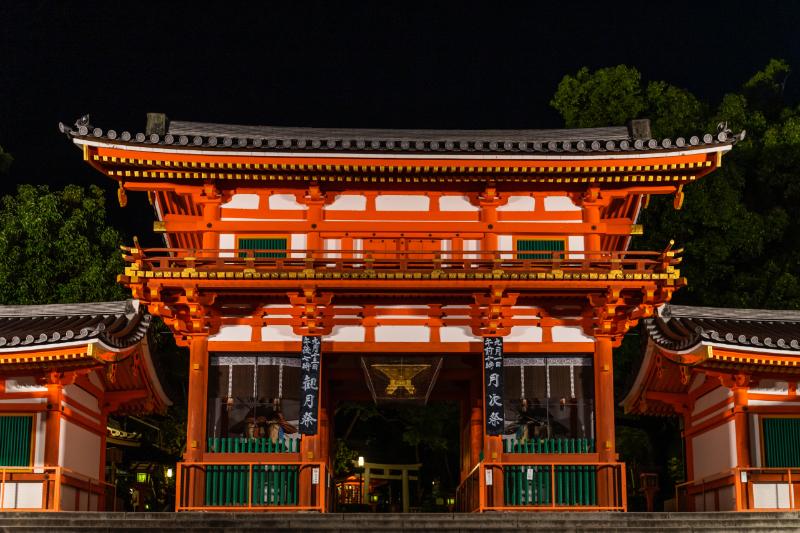
Hōzōmon Gate is an iconic sight in Tokyo’s Asakusa district. This grand gate was first built in 942 CE and welcomes visitors to the Senso-ji Temple. The vibrant red color and its impressive size make it hard to miss. The gate features two large guardian statues that stand watch, giving it a majestic and protective aura.
As you walk through, you’ll see the central area open for passage, while large lanterns hang above. One of the highlights here is the enormous waraji (straw sandal). It’s said that the sight of these giant sandals scares away evil spirits. Local traditions add a layer of cultural richness to your visit.
The gate has a fascinating history too. After being destroyed in WWII, it was rebuilt in 1964 with the help of donations. This point in history is a vivid reminder of Tokyo’s resilience and community spirit.
Rating: 4.5 (2366 reviews)
Location: 2 Chome-3-1 Asakusa, Taito City, Tokyo 111-0032, Japan
Contact: +81 3-3842-0181
Website: Visit Website
6) Hotel New Otani Japanese Garden
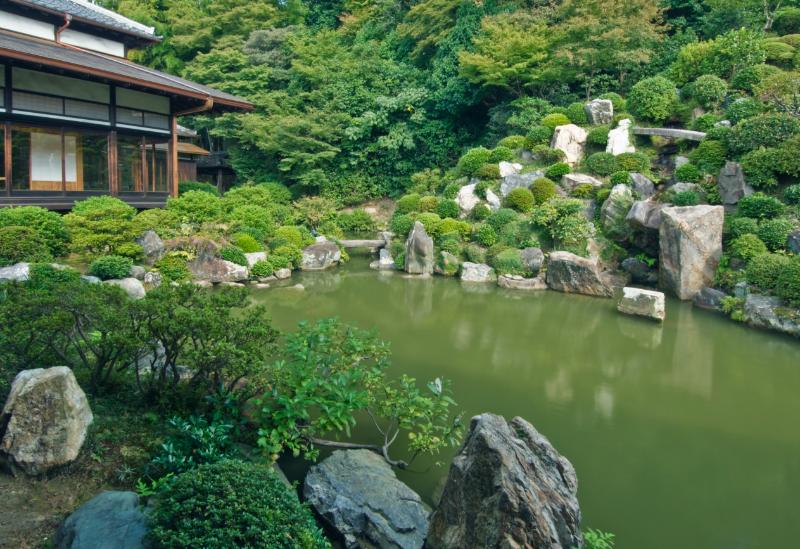
Hotel New Otani Japanese Garden is a tranquil spot in the heart of Tokyo. This 400-year-old garden boasts carp ponds, bridges, and a stunning waterfall. The seasonal flowers provide a colorful backdrop throughout the year, making it a picturesque place for a peaceful stroll.
The garden’s history is fascinating. It was once part of a samurai’s residence and has seen various owners. The garden was eventually preserved and incorporated into the Hotel New Otani in 1964. It’s amazing how it has maintained its traditional charm while being in a modern city.
Walk through the garden, and you’ll see stone lanterns scattered around. Each has its own story, adding to the garden’s rich atmosphere. At night, the garden is beautifully lit up, offering a different kind of magic. The lighting design uses LED lights, which are eco-friendly and ensure the safety of the plants.
This garden is not just a feast for the eyes. You can enjoy a meal at one of the restaurants overlooking the garden or host a special event in the banquet halls with views of the natural surroundings. It’s a perfect blend of beauty, history, and modern convenience.
Rating: 4.5 (824 reviews)
Location: 4-1 Kioicho, Chiyoda City, Tokyo 102-8578, Japan
Contact: +81 3-3265-1111
Website: Visit Website
7) Meiji Jingu Gaien Ginkgo Avenue
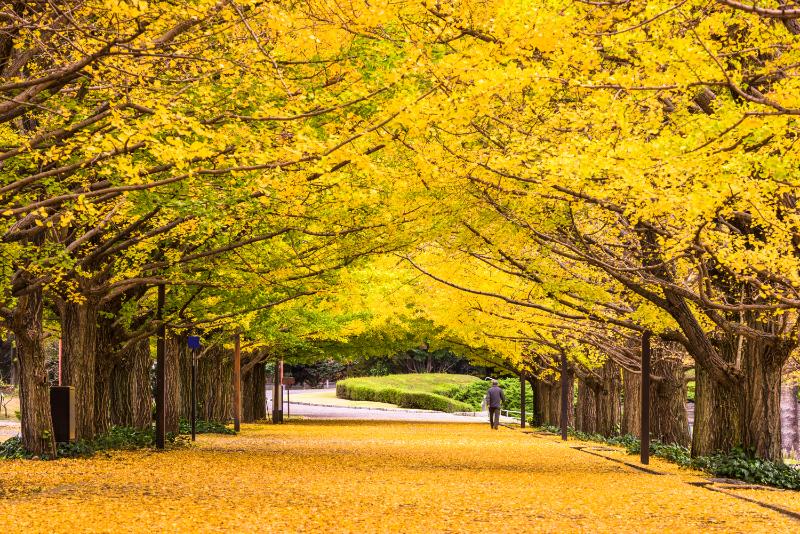
Welcome to one of Tokyo’s most beautiful spots! Meiji Jingu Gaien Ginkgo Avenue is a must-visit if you’re a fan of natural beauty and peaceful city parks. The avenue is famous for its stunning fall colors, particularly the golden ginkgo trees that line the path. It’s a perfect place to take a leisurely stroll, especially in autumn.
The area isn’t just about the scenery, though. It’s also home to several sports facilities, including a softball stadium and tennis courts. This makes it a great spot for both relaxation and activity. Whether you’re into sports or simply want to admire the view, this place won’t disappoint.
You might also find it interesting to visit some of the historical sites within the park. They add a touch of the past to your visit, making it more than just a walk in the park. There’s a blend of history and natural beauty that makes this place unique.
Rating: 4.3 (7024 reviews)
Location: Meiji Jingu Gaien Ginkgo Avenue
Contact: +81 3-3401-0312
Website: Visit Website
8) Meiji Jingu Gaien
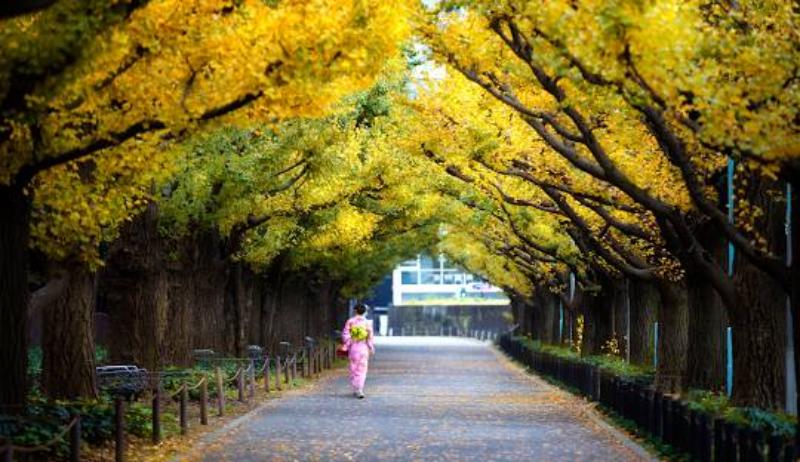
Exploring Tokyo? You should definitely check out Meiji Jingu Gaien. It’s a spot full of fun activities right in the city. You’ll find an indoor ice skating rink, which is perfect for a hot day. It also has baseball diamonds and tennis courts if you’re into sports.
When you stroll through the park, you’ll notice a beautiful garden area. It’s a great place to relax and enjoy some peace and quiet. Plus, there’s a playground where kids can burn off some energy.
You might also want to visit their driving range. It’s a good way to spend an afternoon if you’re looking to practice your swing. The park is well-maintained and provides a little bit of everything for visitors.
Rating: 4.3 (13520 reviews)
Location: 1-1 Kasumigaokamachi, Shinjuku City, Tokyo 160-0013, Japan
Contact: +81 3-3401-0312
Website: Visit Website
9) Shiba Park
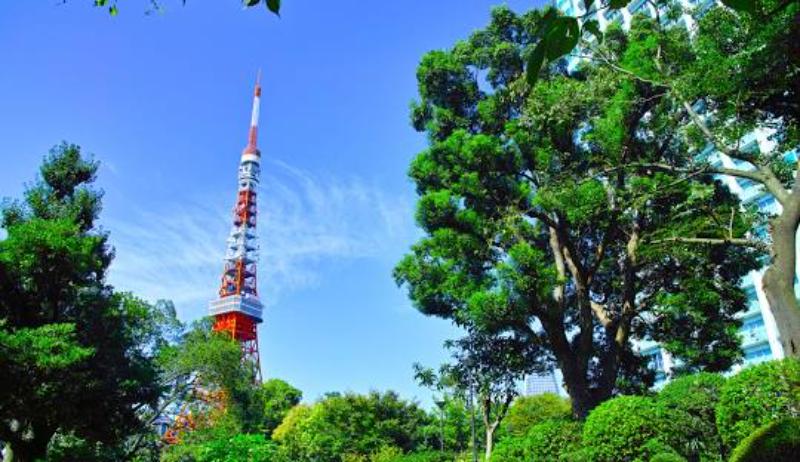
Shiba Park is a beautiful spot in Tokyo you won’t want to miss. It’s one of Japan’s oldest parks, first established in 1873. This park is filled with tall, ancient trees like camphor, zelkova, and ginkgo. Imaging walking under these giants—it’s like stepping back in time.
One of the highlights is the artificial gorge with a waterfall. It offers a peaceful escape from the city’s hustle and bustle. You can sit by the water and enjoy the serene atmosphere. The park also has a variety of sports facilities, including baseball and tennis courts, which have historical significance.
And if you’re into photography, you’ll find plenty of perfect spots here. In spring, cherry blossoms paint the park pink. In autumn, the leaves turn vibrant shades of red and yellow. It’s a great place to capture Tokyo’s natural beauty. Plus, it’s free to enter, though some sports facilities charge a small fee.
Rating: 4.1 (14,859 reviews)
Location: 4 Chome-10-17 Shibakoen, Minato City, Tokyo 105-0011, Japan
Contact: +81 3-3431-4359
Website: Visit Website
10) Ueno Zoological Gardens
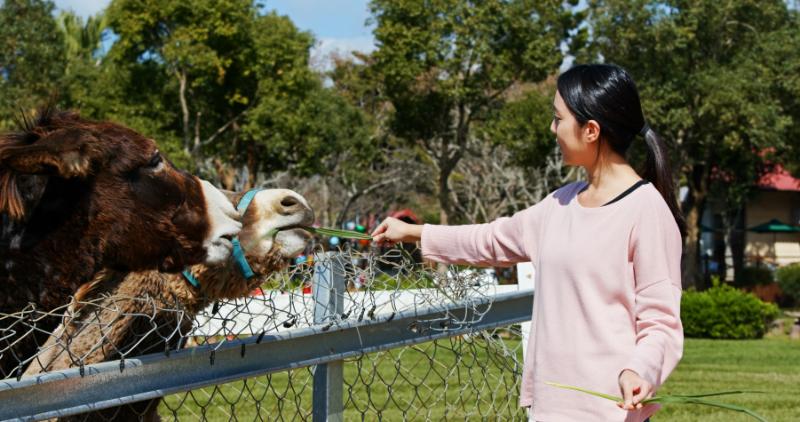
If you’re planning a trip to Tokyo, you just have to check out Ueno Zoological Gardens. This 19th-century zoo boasts over 400 animal species, making it a great spot for animal lovers. It’s especially famous for its beloved pandas.
You’ll also find a variety of other attractions here. There’s a petting area that’s perfect if you have kids with you. Don’t miss the five-story pagoda, which adds a bit of historical charm to your visit.
The zoo is well-organized and clean, making it a pleasant day out. It’s easy to spend hours wandering around, seeing everything from giant pandas to tiny insects. Plus, there’s plenty of space for picnics if you want to take a break.
Rating: 4.3 (33,414 reviews)
Location: 9-83 Uenokoen, Taito City, Tokyo 110-8711, Japan
Contact: +81 3-3828-5171
Website: Visit Website
11) Kyu-Shiba-rikyu Gardens
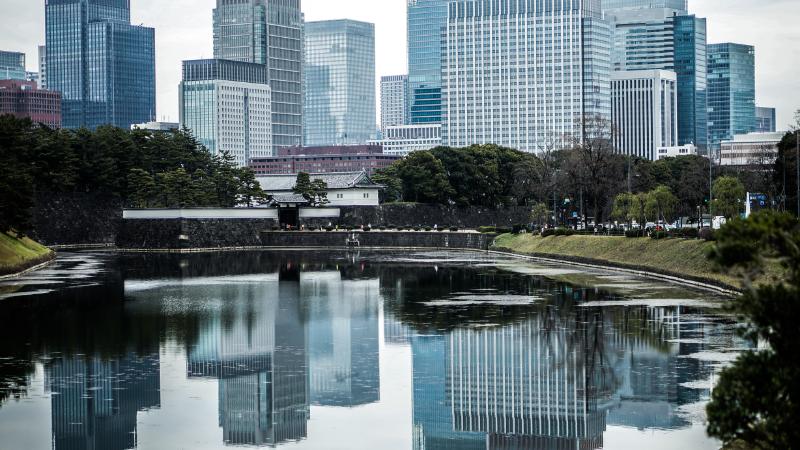
Kyu-Shiba-rikyu Gardens is a gem hidden in the bustling Minato City, Tokyo. This Edo-era landscape garden offers a peaceful retreat with its beautiful pond and traditional Japanese bridges. As you stroll around, you can see the garden’s stunning rock arrangements, which are typical of the Edo period.
The garden is home to a charming archery range and a playground, making it a great spot for both relaxation and a bit of activity. If you visit, be sure to check out the garden guides available on weekends. It’s a wonderful chance to learn more about the garden’s history and layout.
One of the fascinating aspects of Kyu-Shiba-rikyu Gardens is that it has been around since the 17th century. It was initially the residence of a notable samurai family and has gone through many changes over the years. Despite the damage it suffered during the Great Kanto Earthquake, the garden has been meticulously restored and remains a beautiful spot for visitors.
Rating: 4.3 (1899 reviews)
Location: 1 Chome-4-1 Kaigan, Minato City, Tokyo 105-0022, Japan
Contact: +81 3-3434-4029
Website: Visit Website
12) Arashiyama Bamboo Forest
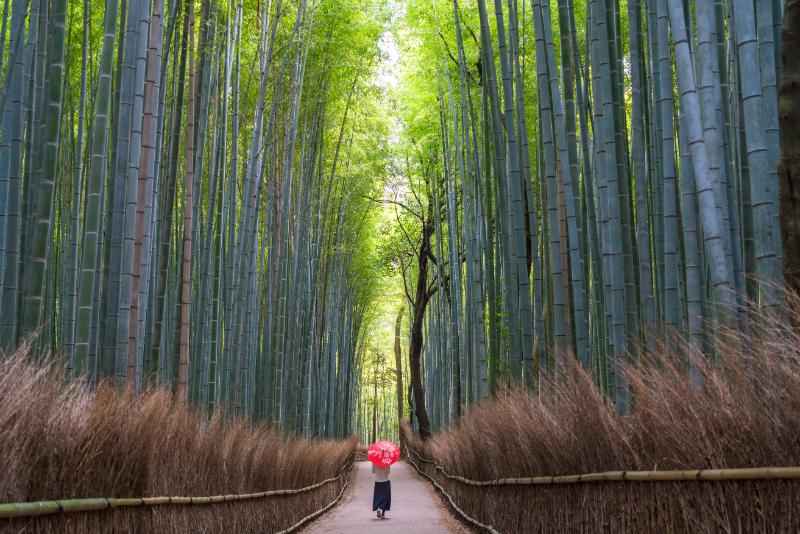
Nestled in Kyoto’s Ukyo Ward, the Arashiyama Bamboo Forest is like stepping into another world. Tall bamboo stalks stretch endlessly upward, creating a serene and magical atmosphere. Walking along the path, you’ll feel the crunch of gravel underfoot and hear the gentle rustling of the leaves. It’s definitely one of those moments that makes you stop and just breathe it all in.
The well-maintained path runs for about 400 meters, making it an easy and enjoyable walk. On sunny days, the sunlight filters through the leaves, creating beautiful patterns of light and shadow on the ground. Even when it’s cloudy, the bamboo creates an almost mystical vibe. It’s a scene straight out of a storybook.
You might be interested to know that this area was once a retreat for noble families during the Heian period. It’s not just beautiful, but rich in history too. Close by, you can visit the Tenryu-ji Temple and the quaint Nonomiya Shrine, adding even more to your experience in this corner of Kyoto.
Rating: 4.3 (9254 reviews)
Location: Sagaogurayama Tabuchiyamacho, Ukyo Ward, Kyoto, Japan
Contact: +81 75-343-0548
Website: Visit Website
13) Itsukushima Jinja
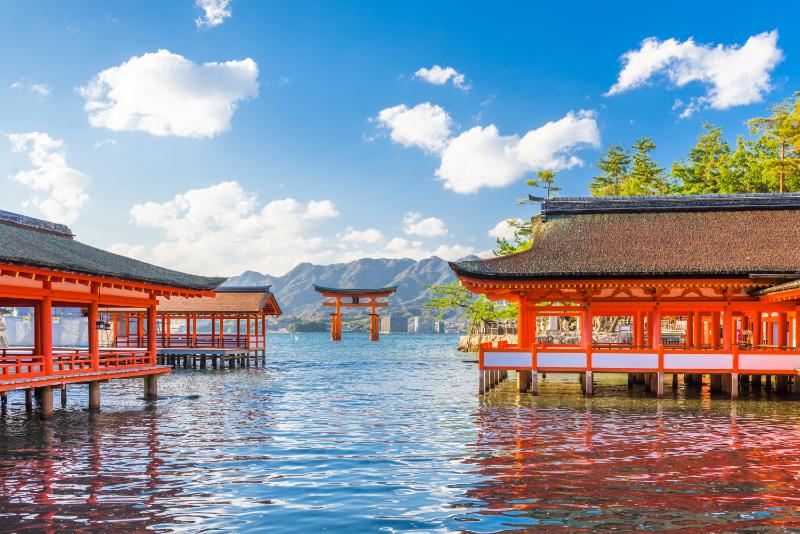
When you visit Japan, you can’t miss Itsukushima Jinja. This 16th-century Shinto shrine is super famous for its iconic orange gate, known as a torii. At high tide, it looks like it floats on water. It’s one of the most photographed places in Japan.
Nestled in the serene environment of Hatsukaichi, Hiroshima, Itsukushima Jinja offers a unique glimpse into Japan’s spiritual practices. The shrine is dedicated to the Shinto faith, deeply rooted in Japanese culture.
The atmosphere is peaceful yet awe-inspiring. You can stroll through the wooden halls and feel a sense of history and spirituality. The view of the floating torii contrasted with the surrounding mountains is unforgettable. Visiting here lets you experience both natural beauty and human craftsmanship.
Rating: 4.6 (28,778 reviews)
Location: 1-1 Miyajimacho, Hatsukaichi, Hiroshima 739-0588, Japan
Contact: +81 829-44-2020
Website: Visit Website
14) Godzilla Statue
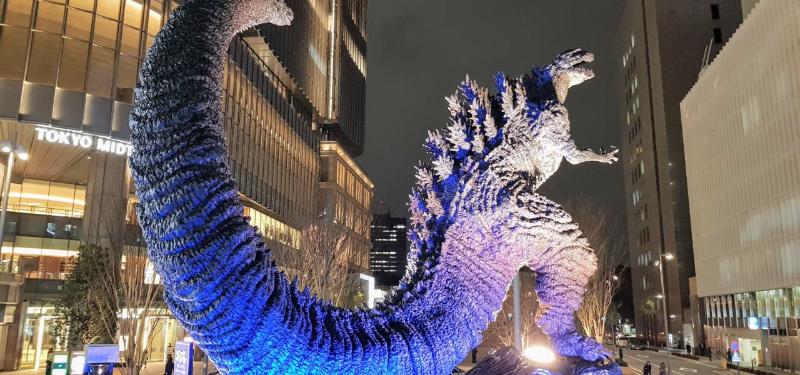
When you’re in Tokyo, make sure to check out the Godzilla Statue. This iconic sculpture captures the essence of Japan’s famous giant mutant lizard from the classic film series. It’s a must-see for movie fans and anyone who loves pop culture. The statue itself is quite striking and makes for a fantastic photo op.
Located in the bustling area of Yurakucho, the statue is easy to find. Shops and restaurants surround it, so you can really make a day of it. Plus, it’s a great spot to relax and enjoy some people-watching. You’ll probably run into other tourists who are just as excited to see Godzilla as you are.
Read Also: Godzilla Statue
You can call ahead if you have any questions or need directions. This way, you’ll have all the information you need before you visit. Planning your trip’s always a good idea, especially when visiting popular attractions like this.
Rating: 3.8 (1941 reviews)
Location: Godzilla Statue
Contact: +81 3-3591-9001
Understanding Japan’s Cultural Heritage
In Japan, cultural heritage is a diverse and colorful tapestry woven from centuries of history and tradition. The country is known for its well-preserved historical landmarks and vibrant traditional festivals that offer a glimpse into its past and present.
Historical Landmarks
Japan’s historical landmarks are a journey through time. Kyoto, once the imperial capital, is home to many cultural treasures. For example, the Kinkakuji Temple, also known as the Golden Pavilion, is famous for its gold leaf exterior. This temple, surrounded by a beautiful garden, reflects in the pond, creating a stunning sight.
Kiyomizudera Temple is another iconic site. Known for its wooden stage that juts out from the hillside, it offers panoramic views of Kyoto. Built without nails, this architectural feat is impressive and speaks volumes about ancient Japanese craftsmanship.
The Sensoji Temple in Asakusa is a must-visit in Tokyo. As Tokyo’s oldest temple, it holds a significant place in the hearts of locals and visitors alike. Approaching through the Kaminarimon Gate, with its large red lantern, adds to its charm.
Traditional Festivals
Traditional festivals in Japan are vibrant celebrations that highlight the country’s cultural richness. Gion Matsuri in Kyoto is one of the most famous. Held in July, this festival features grand parades with large, ornate floats and is deeply rooted in the Shinto religion.
The Awa Odori in Tokushima is another celebrated event. Thousands of dancers perform traditional folk dances in the streets, creating a lively and joyful atmosphere. It’s a unique experience showcasing Japanese culture’s communal spirit and love for dance.
Hanami, the cherry blossom festival, is iconic. While not a single set event like other festivals, it’s a seasonal celebration where people gather under blooming cherry trees. The beauty of the blossoms and the spirit of togetherness make it a cherished time in Japan.
Planning Your Trip
Visiting Japan is an amazing experience, but it’s essential to plan your trip well. Understanding the best times to visit and how to get around can make your journey smoother and more enjoyable.
Best Times to Visit
Timing your visit to Japan can significantly impact your experience. Spring (March to May) is one of the most popular times because of the beautiful cherry blossoms (sakura). Witnessing these pink blooms is a magical experience, well worth the trip.
Another great time to visit is autumn (September to November), where you can enjoy the vibrant fall foliage. The weather is mild, making it comfortable for exploring cities and nature alike. Avoid traveling during Golden Week (late April to early May) and New Year (late December to early January) as these are major holiday periods in Japan. Many locals travel, and attractions can be overcrowded.
Summer (June to August) can be hot and humid, especially in cities. Still, it’s a good time to visit northern areas like Hokkaido. Winter (December to February) is perfect for skiing enthusiasts and those who enjoy winter festivals, particularly in regions like Nagano and the Japan Alps.
Transportation Tips
Thanks to its efficient public transportation system, getting around Japan is convenient. The Japan Rail Pass (JR Pass) is a must if you plan on traveling between cities. It’s cost-effective for long-distance travel on bullet trains (shinkansen). You can choose between 7-day, 14-day, or 21-day passes.
In the cities, local trains and subways are punctual and easy to navigate. Don’t miss out on the rechargeable IC cards (like Suica and Pasmo), which can be used on trains, buses, and even at convenience stores.
If you’re staying within a city, biking can be a great option, especially in cities like Kyoto. Many areas have dedicated bike paths, and rentals are affordable.
Taxis are available but are more expensive than public transport. They can be useful if you travel with luggage or if public transport is unavailable.
Whichever way you choose to explore Japan, planning your transportation will ensure a smoother and more enjoyable trip.
Experiencing Japanese Cuisine
From bustling street markets to cozy izakayas, experiencing Japanese cuisine is a feast for the senses. You’ll discover a rich tapestry of flavors, techniques, and traditions that make every meal an adventure.
Regional Specialties
Japan is a land of diverse regional specialties that reflect its varied landscapes and cultures. In Tokyo, Tsukiji Market offers fresh sushi and sashimi that’s second to none. In Kyoto, you’ll find Kyo-ryori, a unique cuisine emphasizing seasonal ingredients and beautiful presentation. Try kaiseki, a multi-course meal that showcases different methods of cooking.
In Osaka, often called the nation’s kitchen, don’t miss out on okonomiyaki—a savory pancake filled with cabbage, meats, and topped with a distinctive sauce. Hokkaido’s rich dairy and seafood, such as butter-corn ramen, showcase the island’s agricultural bounty. Even small towns boast their own specialties, like Hiroshima’s unique take on okonomiyaki, which layers ingredients rather than mixing them.
Street Food Adventures
Exploring Japan’s street food is an adventure in itself. Wander through the streets of Osaka and savor takoyaki—crispy octopus balls drizzled with tangy sauce and bonito flakes. Tokyo’s Asakusa area offers stalls selling takoyaki, a fish-shaped cake filled with sweet red bean paste.
In Fukuoka, Hagata’s yatai (food stalls) are legendary. They serve ramen and other snacks late into the night. Sapporo’s winter festivals include food stalls with unique munchies like grilled corn brushed with soy sauce and butter.
Mochi filled with a variety of flavors, from sweet to savory, can be found at nearly every market. Each bite offers a trip through Japan’s culinary landscape, blending old traditions with new trends.
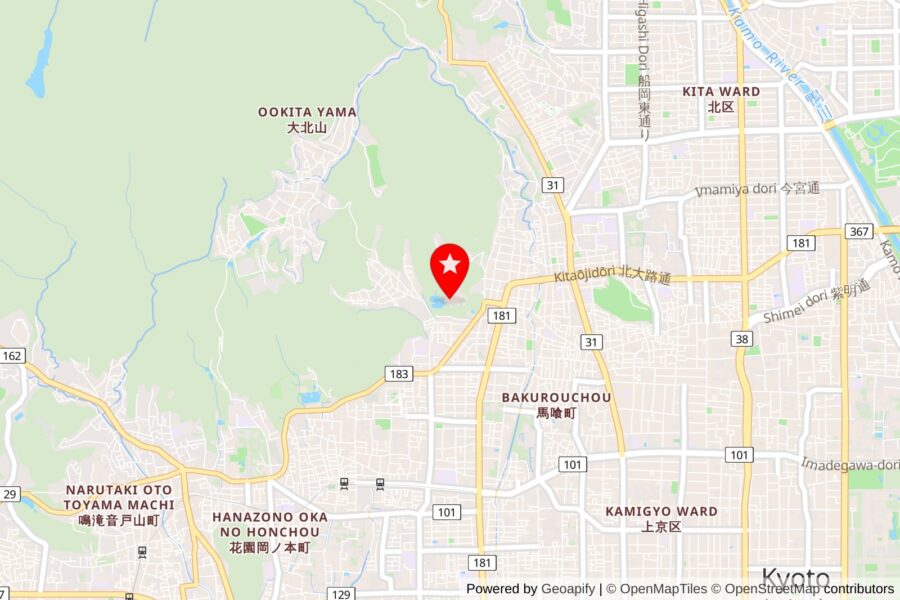
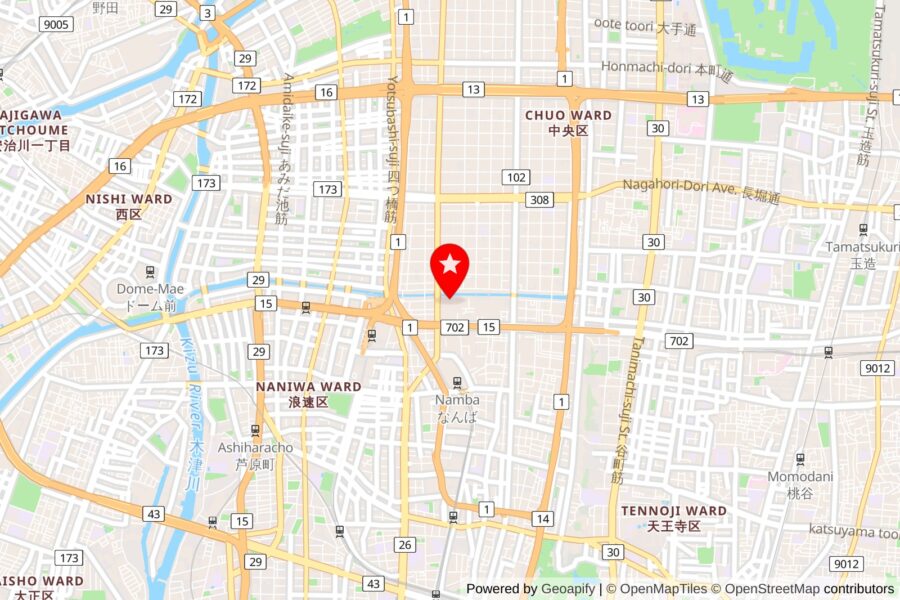
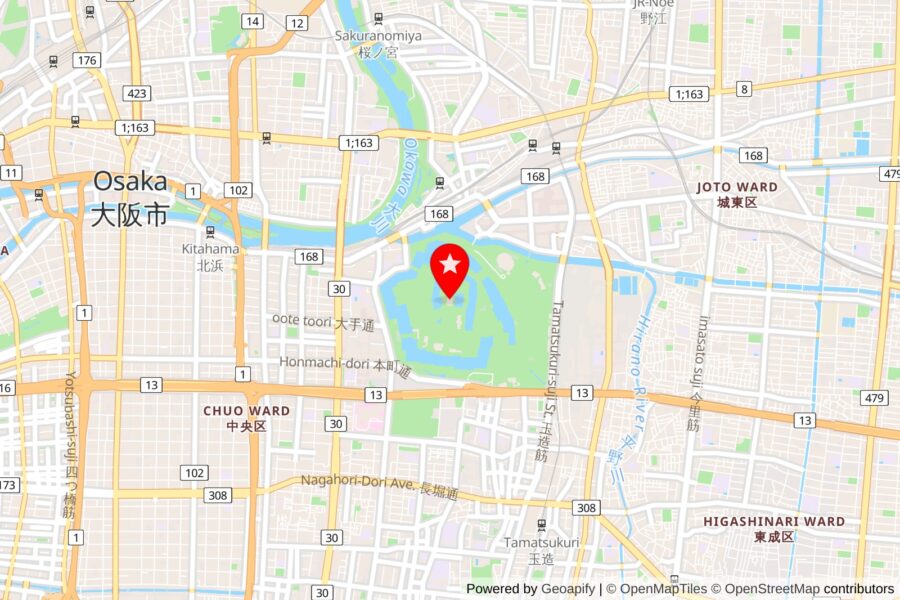
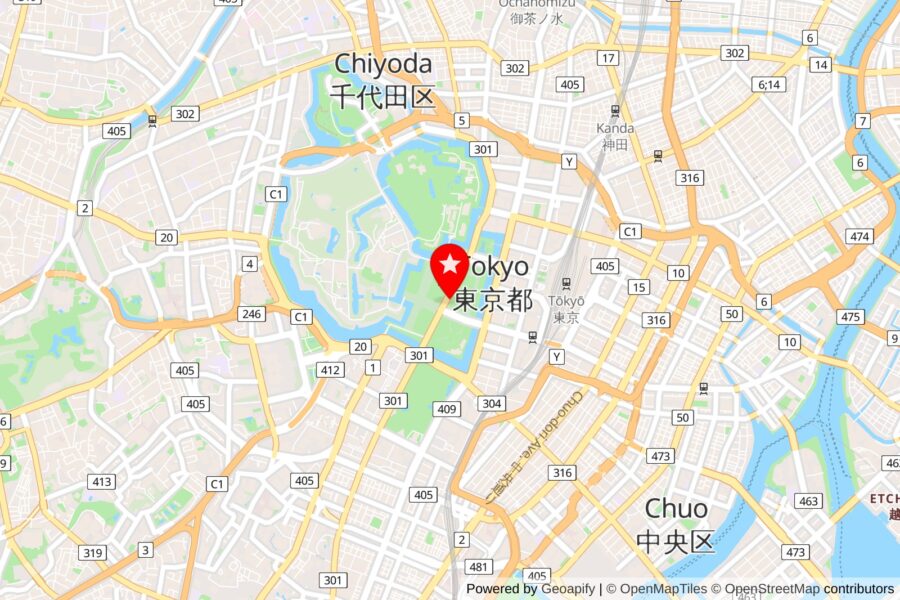
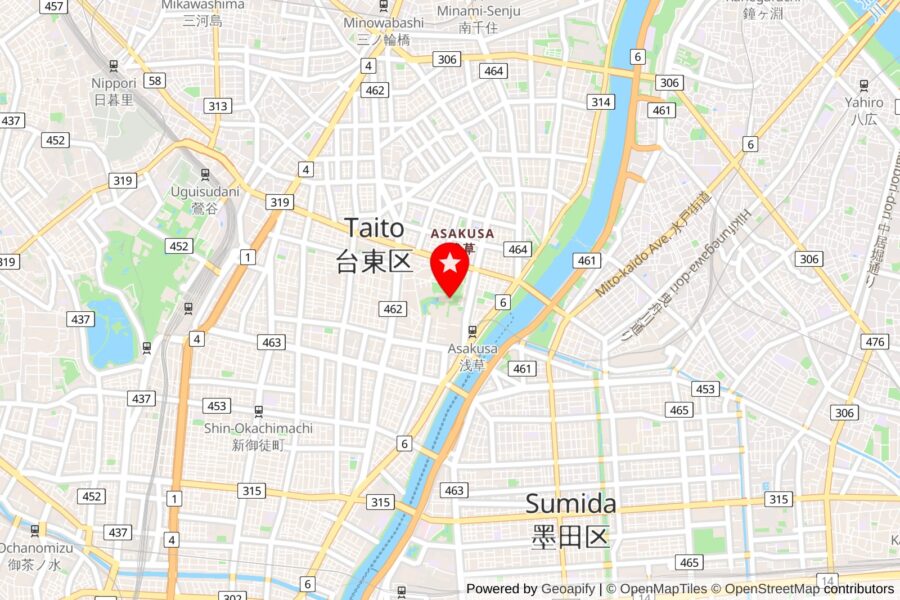
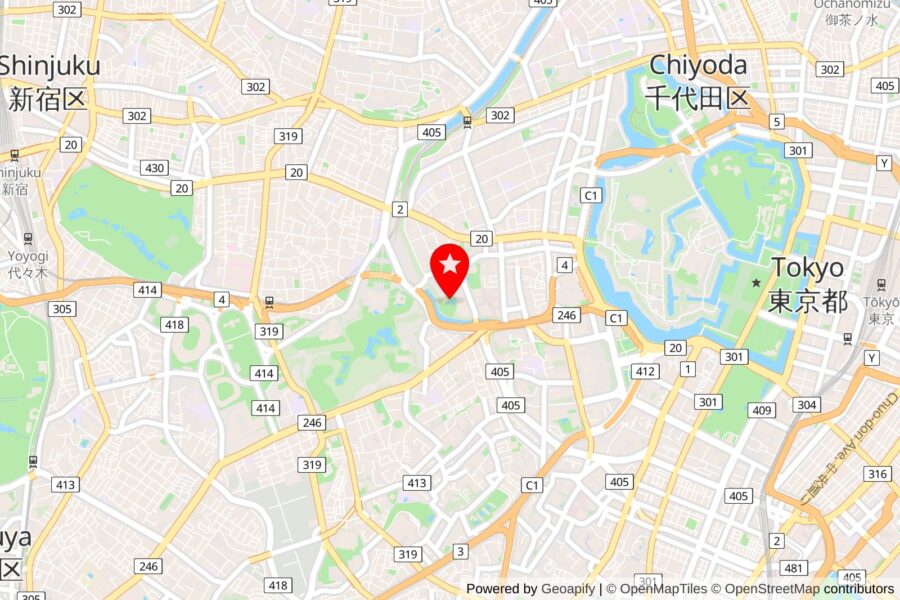
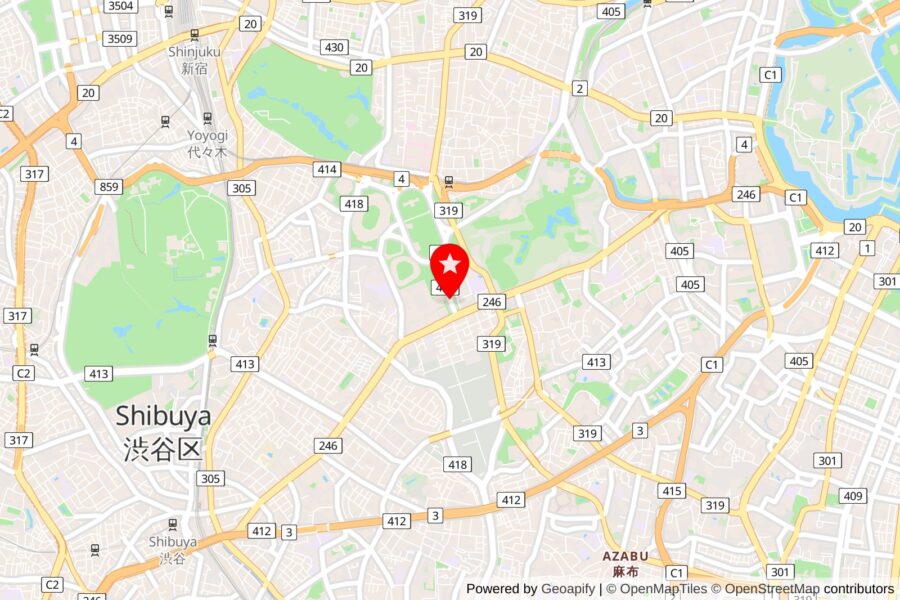
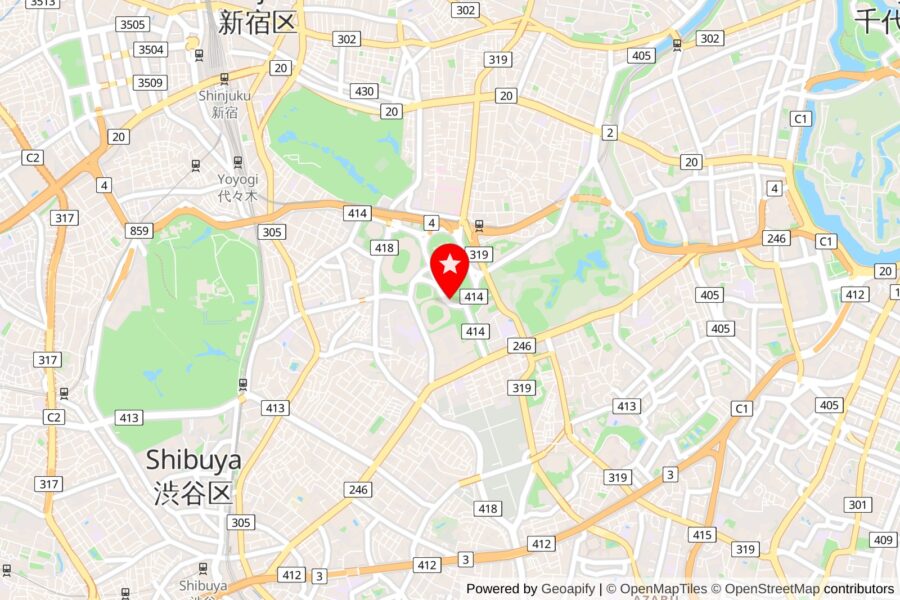
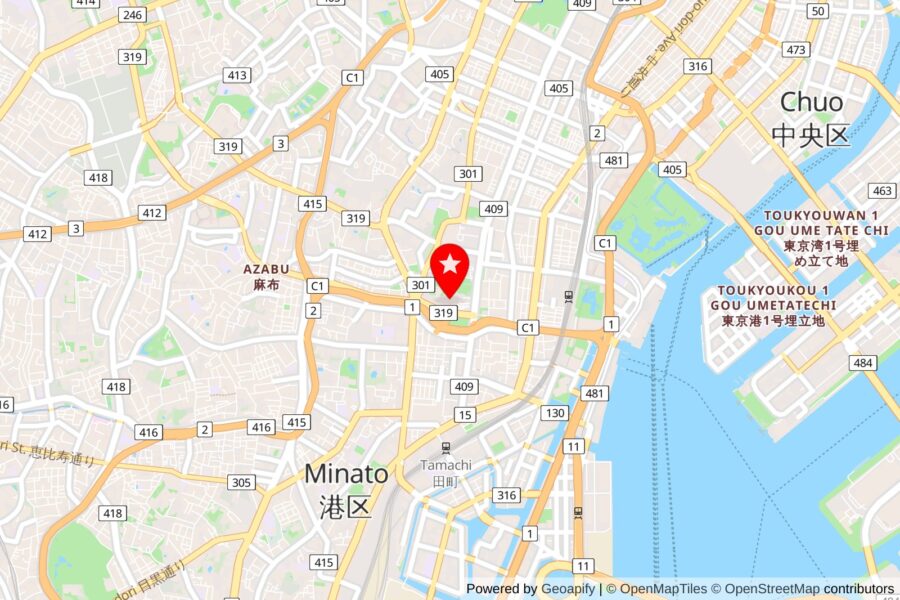
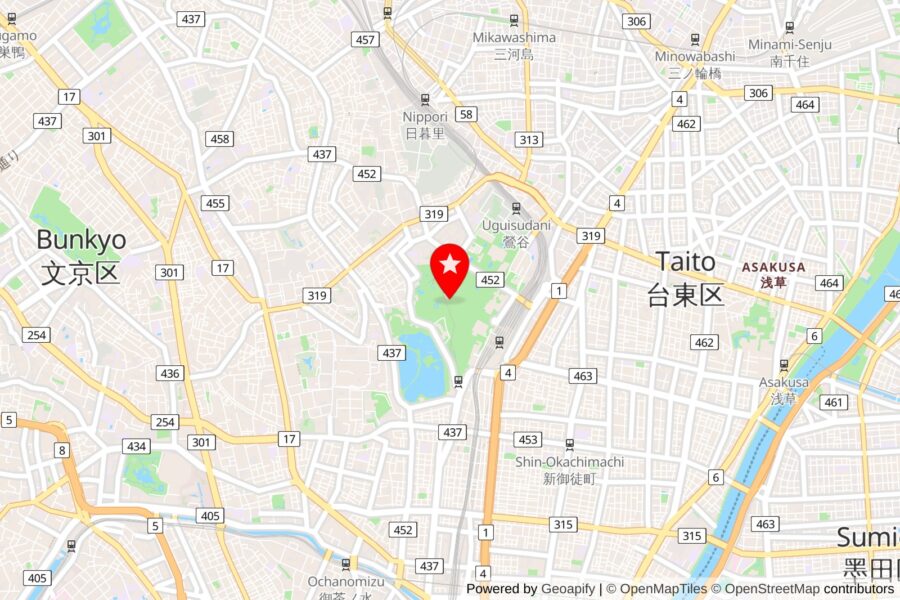
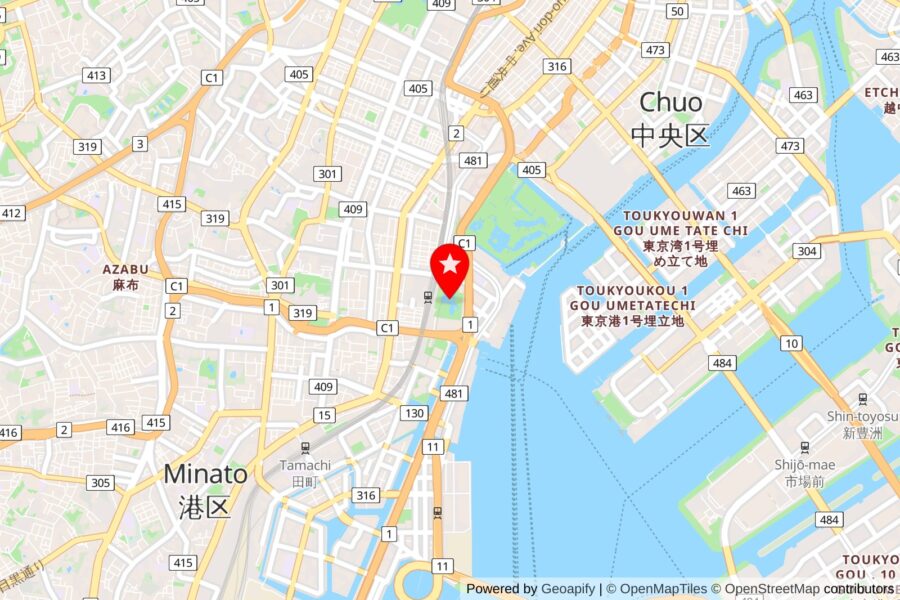
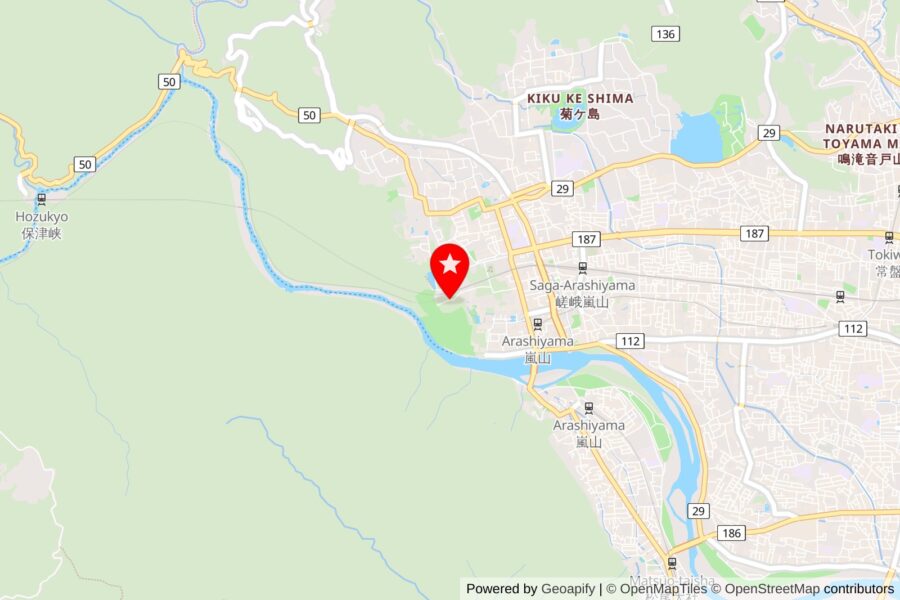

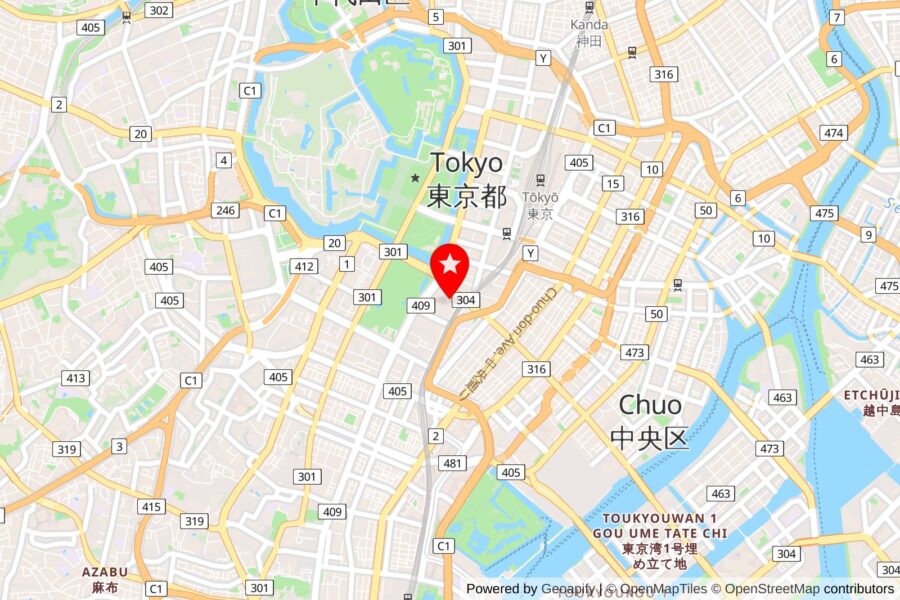




Kai
Hey there, fellow Japan enthusiasts! I’ve been drooling over this article about the 14 must-visit places in Japan. It’s got me itching to pack my bags and hop on the next flight!
I’m especially intrigued by how Japan seamlessly blends the old and new. Anyone else fascinated by the idea of ancient temples rubbing shoulders with high-tech districts? I’d love to hear about your experiences navigating this contrast.
And don’t even get me started on the food! I’m a total foodie, so I’m dying to know – what’s the one dish you absolutely can’t miss when visiting Japan? Any hidden gems or local spots you’d recommend?
Also, for those who’ve been there, how did you balance your time between the bustling cities and the more serene, traditional areas? I’m all about experiencing both, but I’m curious how others have managed it.
Oh, and quick question – has anyone used the Japan Rail Pass? I’ve heard mixed reviews, and I’m wondering if it’s worth the investment for hitting up multiple destinations.
Can’t wait to hear your thoughts and maybe steal some travel tips! 😉